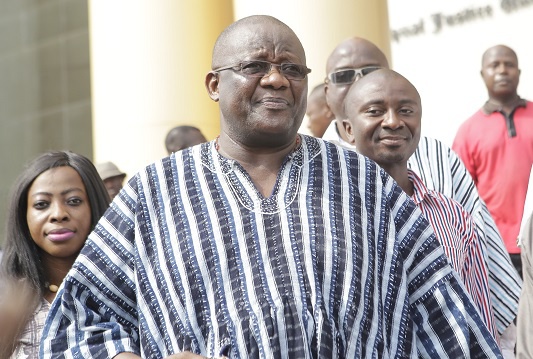Credit Kekeli K. Blamey
Despite a remarkable rally that has seen the Ghanaian cedi appreciate by nearly 19% in just a month, financial analysts are cautioning that the currency may be heading for a correction — with Absa Bank forecasting a slide to GHS14.00 per US dollar by the end of the year.
In its latest “Ghana Market Insight” report, Absa Bank notes that while the cedi’s recent strength has been fueled by surging gold and cocoa prices alongside a recovery in foreign reserves, the pace of appreciation may have outstripped economic fundamentals.
The report warns that the cedi is now overvalued by nearly 20% based on real effective exchange rate (REER) models, posing risks to the country’s export competitiveness.
“We believe the cedi has rallied too aggressively,” said Nikolaus Geromont, Absa’s lead analyst for Sub-Saharan Africa. “To restore competitiveness and purchasing power parity, the exchange rate is likely to reverse towards GHS14.00/USD by year-end.”
Ghana’s foreign reserves have climbed to cover three months of imports — up from just 1.8 months a year ago — aided by strong commodity exports and central bank strategies favoring gold accumulation over fiat holdings. Additionally, the recently established Ghana Gold Board is helping to formalize export flows.
However, Absa’s report emphasizes that the current valuation may be unsustainable. The real effective exchange rate is now at its most stretched level in over a decade, and unless the currency adjusts, the country could face a decline in export performance.
While market optimism has been high, underpinned by record gold prices above $3,300 per ounce and elevated cocoa prices, the bank maintains that structural vulnerabilities remain. A modest weakening of the cedi in the months ahead is not only expected — it may be necessary.
Looking ahead to 2025, Absa projects the cedi to average GHS14.16/USD, ending the year slightly weaker at GHS14.19/USD. New gold production from mines such as Cardinal-Namdini and Ahafo South could help offset pressures, but the report underscores that measured currency adjustment is essential to preserve recent macroeconomic stability.
“A gradual correction in the currency is needed to avoid undermining the fragile gains made in stabilising the economy,” the report concludes.







